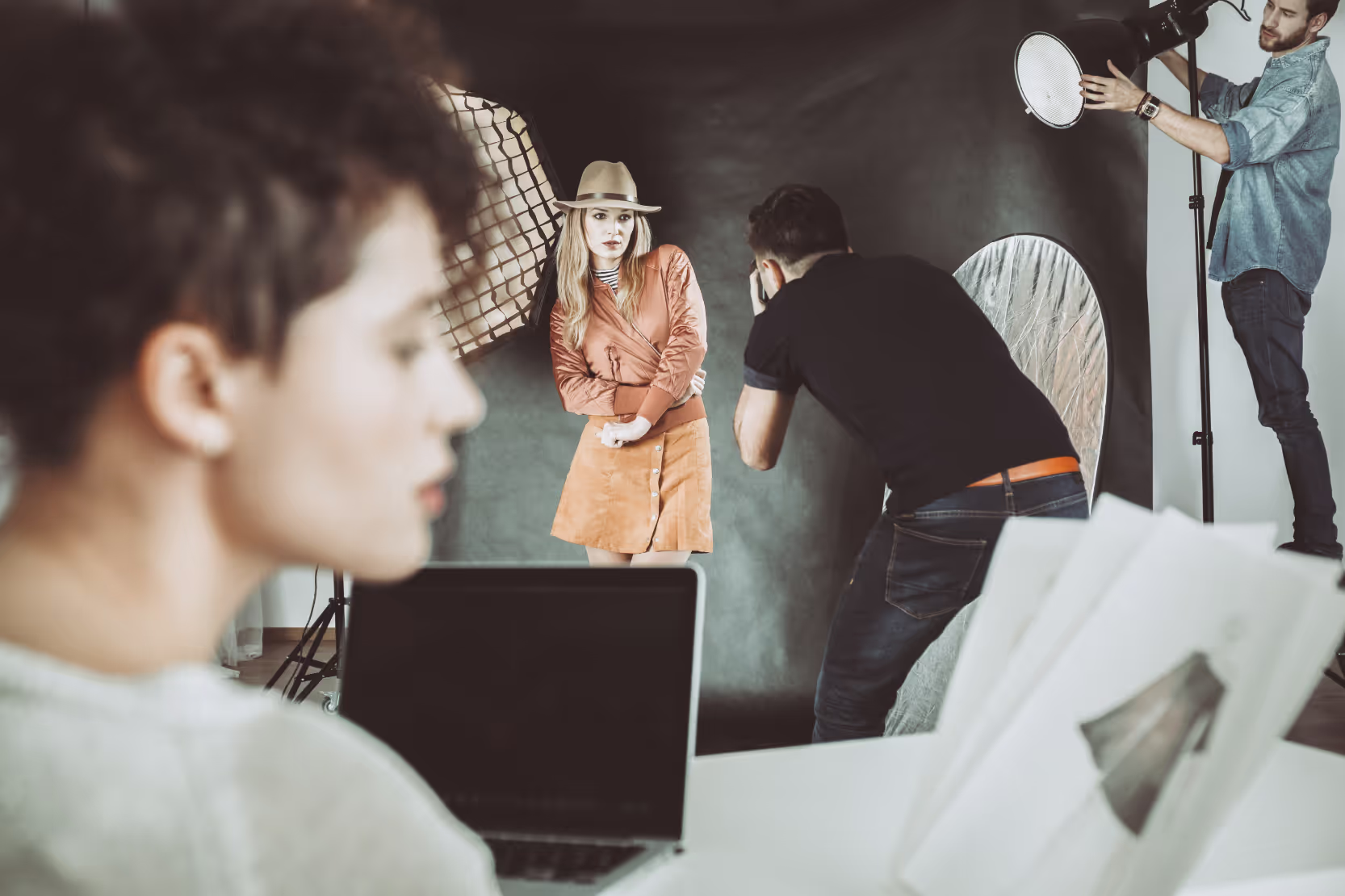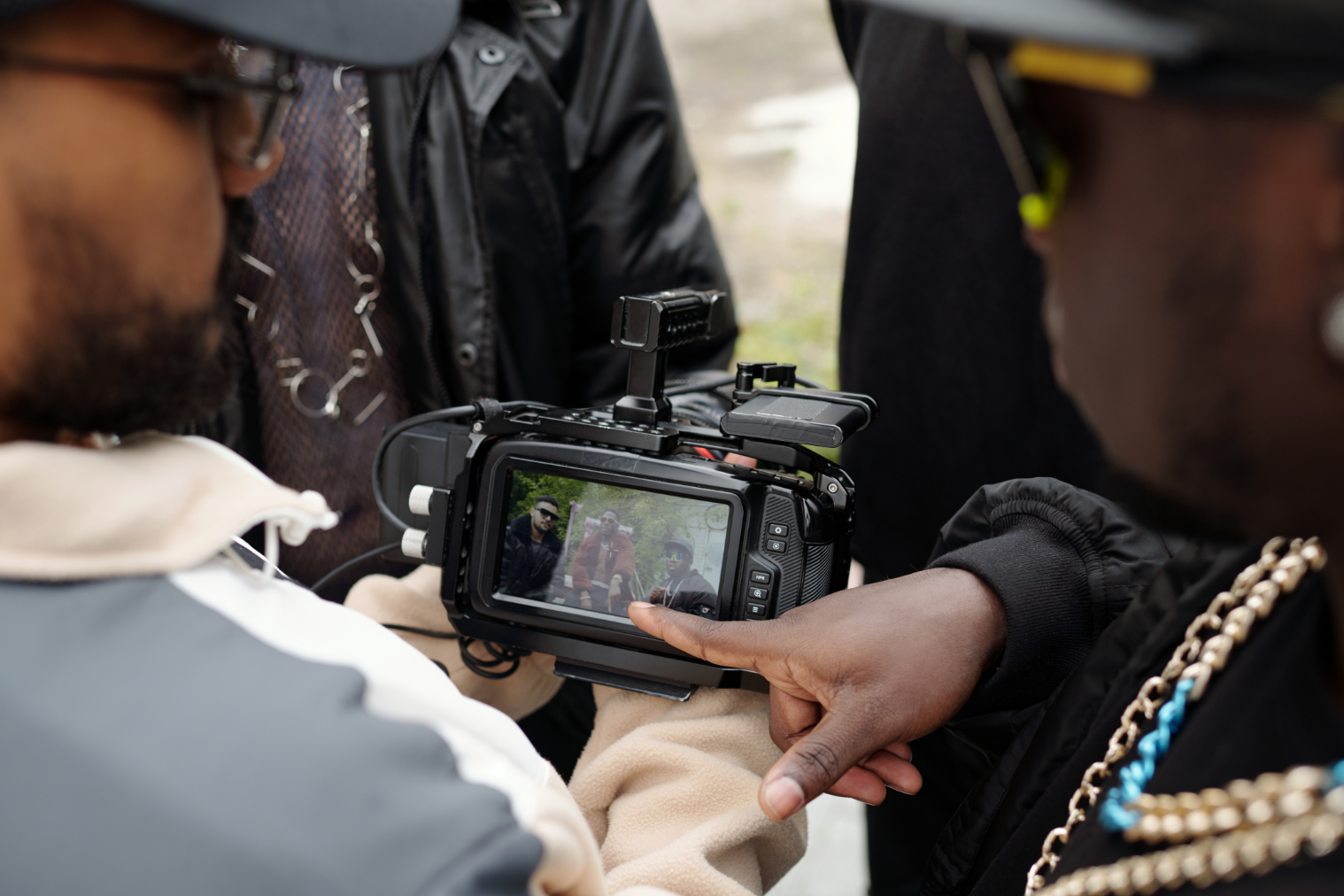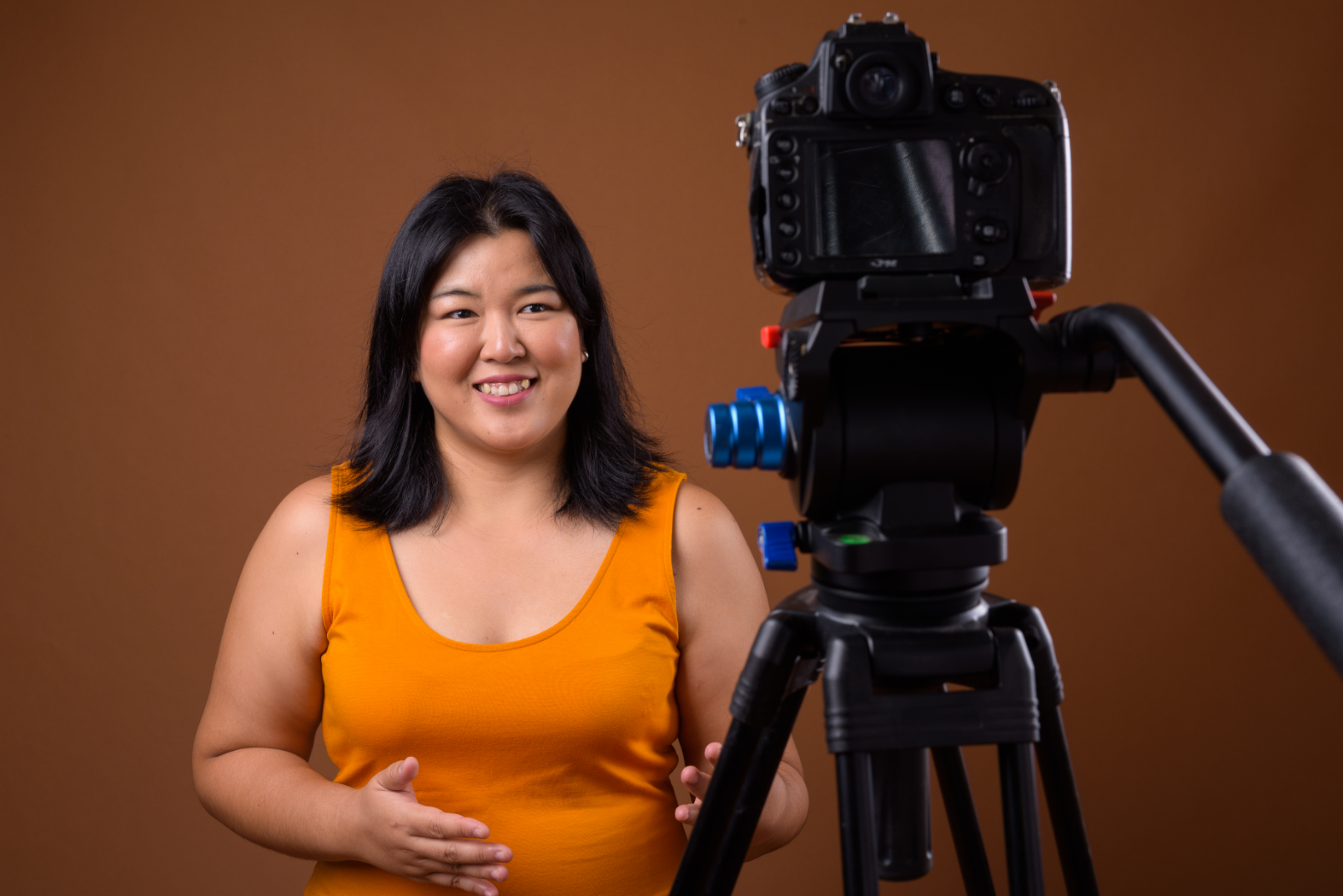Master Next-Gen Visuals: 5 Advanced VFX & 3D Techniques

The visual landscape of film, animation, and interactive media is evolving at an exhilarating pace. Gone are the days when groundbreaking visuals were exclusively the domain of multi-million dollar blockbusters with endless render farms. Today, advanced VFX and 3D techniques are democratizing access to stunning photorealism and breathtaking fantastical worlds, pushing the boundaries of what's possible in storytelling.
For creators, artists, and studios, staying ahead of this curve isn't just an advantage—it's a necessity. Mastering next-gen tools and methodologies allows for unparalleled creative expression, efficiency, and the ability to deliver truly unforgettable experiences. In this post, we’ll dive deep into five advanced VFX and 3D techniques that are redefining industry standards and offering powerful new avenues for visual innovation.
Immersive Realism: Beyond the Polygon
Volumetric Capture & Rendering
Volumetric data represents 3D information that goes beyond just surfaces; it captures the properties of space itself, like density, temperature, or color. This technique is transforming how we render complex atmospheric effects such as smoke, fire, clouds, and even water, providing an unprecedented level of realism. Instead of relying on 2D sprites or particle systems that often break down under close inspection, volumetric rendering creates truly three-dimensional effects that react realistically to light from every angle.
The advent of OpenVDB has revolutionized the handling of this data, making it more accessible and efficient for artists across various software platforms. Beyond environmental effects, volumetric capture is now being used for 'holographic' video, capturing live-action performances in 3D, allowing actors to be placed realistically into virtual environments with dynamic interaction. To experiment, dive into VDB workflows in software like Houdini, Blender, or Cinema 4D, focusing on how lighting interacts with varying densities to achieve truly believable effects.
Photogrammetry & Reality Capture
While not entirely new, photogrammetry and reality capture methods have evolved dramatically, offering astonishing fidelity for creating digital assets directly from the real world. This involves taking hundreds or thousands of photographs of an object, person, or environment from various angles, then using specialized software to stitch them together into a highly accurate 3D model, complete with textures. Laser scanning and structured light scanning offer even greater precision for specific applications.
The power of reality capture lies in its ability to reproduce intricate details and subtle surface imperfections that are incredibly difficult, if not impossible, to model manually. This is invaluable for creating photorealistic digital doubles of actors, replicating complex historical artifacts, or building vast, believable environments. For practical application, invest in a good DSLR camera, learn proper lighting techniques, and explore software like Agisoft Metashape or RealityCapture. The key is consistent data acquisition and meticulous cleanup of the resulting mesh and textures for production-ready assets.
Intelligent Design: AI & Procedural Powerhouses
AI/Machine Learning Integration
Artificial Intelligence and Machine Learning are no longer futuristic concepts; they are rapidly becoming indispensable tools in VFX and 3D pipelines. AI is automating traditionally tedious and time-consuming tasks, freeing up artists for more creative work, and enabling entirely new visual paradigms. From AI-powered rotoscoping and keying to intelligent object removal and de-aging (as seen in films like "The Irishman"), AI dramatically accelerates production workflows.
Beyond automation, generative AI is a game-changer. Neural rendering techniques can synthesize new images or video frames, create realistic textures, or even generate entire 3D scenes from simple text prompts or sketches. Style transfer allows artists to apply the aesthetic of one image or painting to another, opening up boundless creative possibilities. Practical advice: Explore AI-powered plugins for your existing software, experiment with cloud-based generative AI tools for concept art and asset ideation, and stay informed about new AI research that directly impacts visual creation.
Advanced Proceduralism
Procedural generation, particularly through software like Houdini, allows artists to create complex geometry, environments, and effects using algorithmic rules and node-based workflows rather than traditional manual modeling. This approach offers unparalleled control, flexibility, and scalability, making it possible to generate vast, detailed landscapes, intricate destruction simulations, or dynamic particle effects that would be impossible to craft by hand.
The 'non-destructive' nature of proceduralism means that changes can be made at any point in the creative process without starting from scratch, enabling rapid iteration and creative exploration. It’s about defining relationships and rules, allowing the system to build the complexity. For those looking to master this, diving into Houdini's node-based paradigm is essential. Start with basic geometric operations and gradually build up to more complex systems like terrain generation, crowd simulation, or dynamic fluid simulations, understanding that a strong grasp of logic and problem-solving is key.
Instant Immersion: Real-Time & Interactive VFX
Real-Time Ray Tracing & Virtual Production
The holy grail of computer graphics has always been photorealistic rendering at interactive frame rates. With advancements in GPU technology and game engines like Unreal Engine 5, real-time ray tracing and path tracing are making this a reality. Ray tracing accurately simulates the physical behavior of light, producing incredibly realistic reflections, refractions, shadows, and global illumination in real-time, blurring the line between pre-rendered cinematics and interactive experiences.
This technology is central to the revolution of virtual production. By projecting real-time 3D environments onto large LED volumes on set, filmmakers can shoot actors against photorealistic digital backdrops that react dynamically to camera movement and on-set lighting. This eliminates green screen woes, allows for immediate creative feedback, and dramatically reduces post-production time. To leverage this, immerse yourself in Unreal Engine 5's Lumen (real-time global illumination) and Nanite (virtualized geometry), understanding how to build optimized scenes for real-time performance and virtual production workflows.
Conclusion
The landscape of visual effects and 3D artistry is a constantly evolving frontier, driven by incredible technological advancements. From capturing the minutiae of reality with photogrammetry and volumetric video to harnessing the boundless power of AI and procedural generation, and finally delivering cinematic quality in real-time through virtual production, these techniques are not just tools—they are catalysts for new forms of storytelling and immersive experiences.
Embracing these advanced methods requires continuous learning, experimentation, and a passion for pushing creative boundaries. Staying informed and skilled in these areas will not only elevate your work but also position you at the forefront of the industry's most exciting developments. If you're looking to explore how these cutting-edge visuals can transform your next project or need expert guidance in navigating this complex landscape, reach out to the specialists at FilmBaker. Visit https://www.filmbaker.com/get-in-touch to connect with a team dedicated to bringing your most ambitious visual concepts to life.

